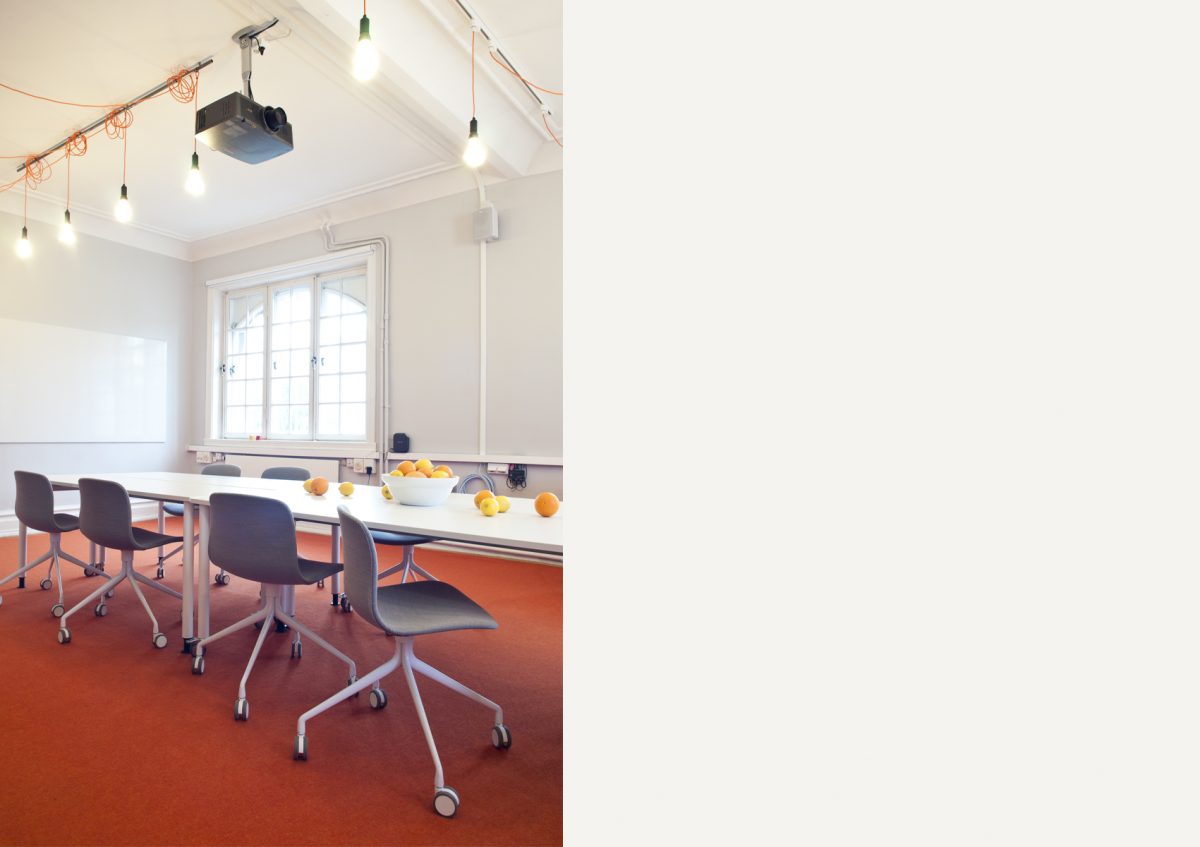

The specific environmental conditions dictate what is going to work or isn't.ĭepth: Depth is a critical factor in the pursuit of squid. Lower them down to the chosen depth (which frequently is just off bottom) then slowly raise them up and down in the water column.Īgain knowing how challenging squid can be, no one style of lure is a constant winner. Multiple lures: If using multiple lures, drop them into the lighted area of the water.
SQUEED SQUEED SERIES
Retrieve it with a series of steady jerks or "jigs." Single lure: If using a single lure, cast it out some distance from the dock (or boat or bulkhead) and allow it to sink to a depth where the squid may be lurking. Then add a one-ounce weight to the end of the main line. Sometimes putting the same lures in different order on the line makes a difference.Ī favorite method of setting up with three lures is to space four-inch dropper lines 16 inches apart on the main line. By putting lures of different sizes and colors on the line anglers can test which type is attractive to the squid at that site, that night, at that time.Īnglers should also experiment with the arrangement of the set of lures. In other places, multiple lures (up to four) are better. The tall pole lights at the Edmonds pier shine farther out into the water meaning that you need to cast your lure farther out. For example, at Edmonds pier, most of the successful anglers use a single lure.
SQUEED SQUEED PLUS
These conditions give the nearshore water the depth that squid prefer plus a setting in which the artificial light will be most noticeable.

Odds of catching a squid are more favorable during high tide on a cloudy or rainy night. However, use of squid jigs is by far the most popular productive method. These techniques include use of dip nets and forage fish jigs. Squid generally start feeding just after dark and then often taper off until midnight or later.Ī variety of fishing methods can be used to fish for squid. If using an unweighted lure, anglers should buy some one-ounce lead weights to maneuver the lure down to the desired depth. Commercial jigs commonly range in size between two and four inches although some are twice as long and pencil thin. Common colors are blue, pink, green, red, orange, amber, and clear. Most squid jigs are made out of tinted, semitransparent plastic. Since the idea is to attract the attention of the squid that are watching that lighted area in the water, almost all lures are either luminous or have something embedded in them to reflect light. Squid lures vary in length and thickness, and color and pattern, but they all have a distinctive upward slanting "ray" or two sharp prongs. The "hook" part of a squid lure is different. Successful squidders use anything from 6- to 20-pound line but the best chances of success come with the lighter line. Think "light and long" because it's best to have something that is sensitive and telegraphs slight changes.
SQUEED SQUEED LICENSE
Anglers should take a camping lantern or large flashlight for unlit locations.Īnglers will need a valid shellfish/seaweed license, available online at the WDFW licensing website or through the many license dealers across the state.Īlmost any style of rod and reel will work. Hungry squid lurk in the dark fringes near patches of lighted water and then dart into the bright area in pursuit of food such as young herring and other small fishes.īecause a boat isn’t needed and jigging equipment is reasonable, squid-jigging is one of the most inexpensive ways to catch squid. Squid feed mainly at night and are attracted to light, which is why public piers are good locations for anglers.

Squid migration in Washington generally follows these timeframes: More information on jigging for squid is also available in this January 2022 blog post! While reasons for their migration aren’t entirely known, many experts believe the location of squid populations is likely a combination of an ocean-to-South Sound migration of adult squid and resident populations that yield new generations as site conditions become favorable.

At different times from late May through the following February, adult squid can be found in almost all waters of the Strait of Juan de Fuca and Puget Sound.


 0 kommentar(er)
0 kommentar(er)
